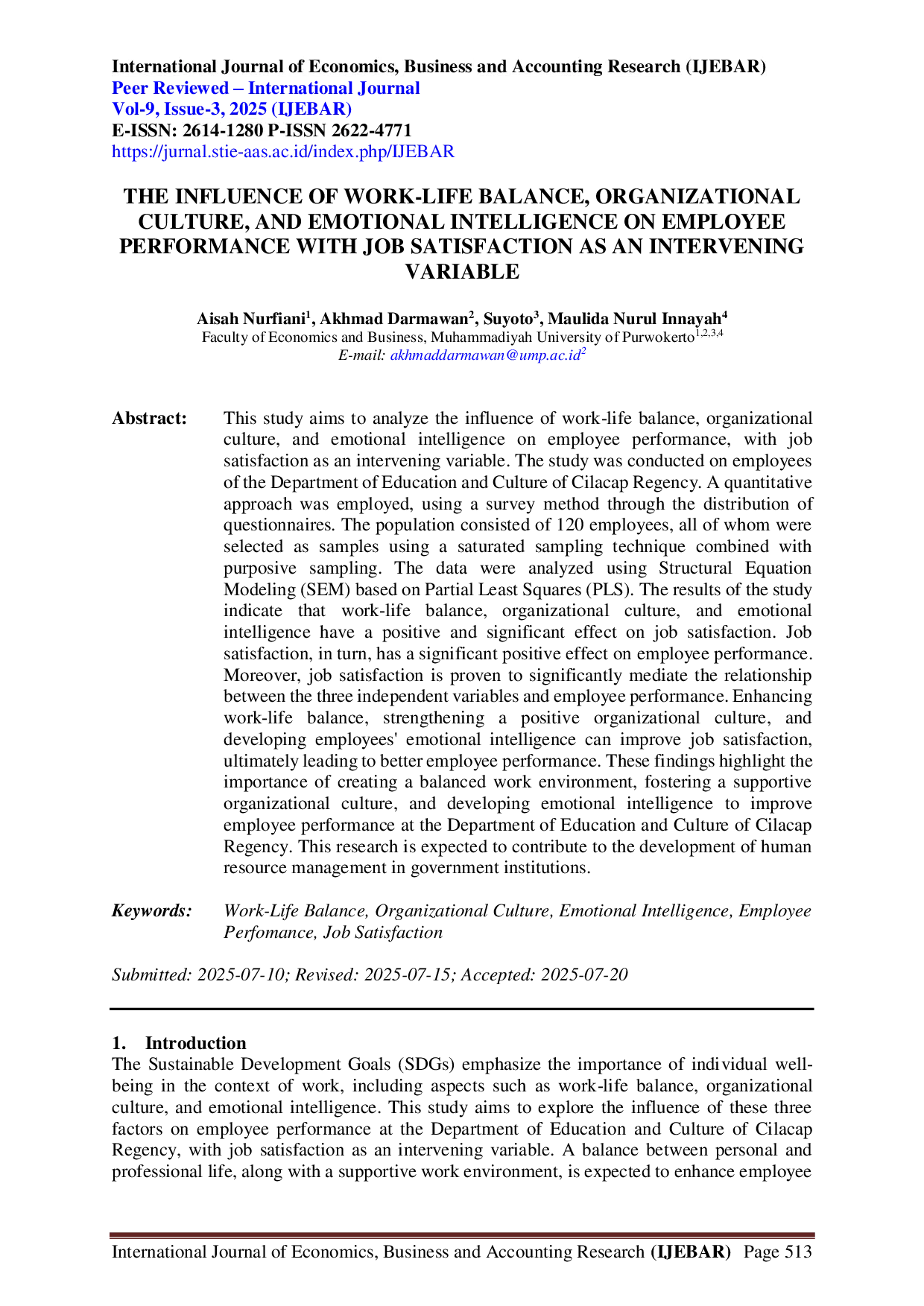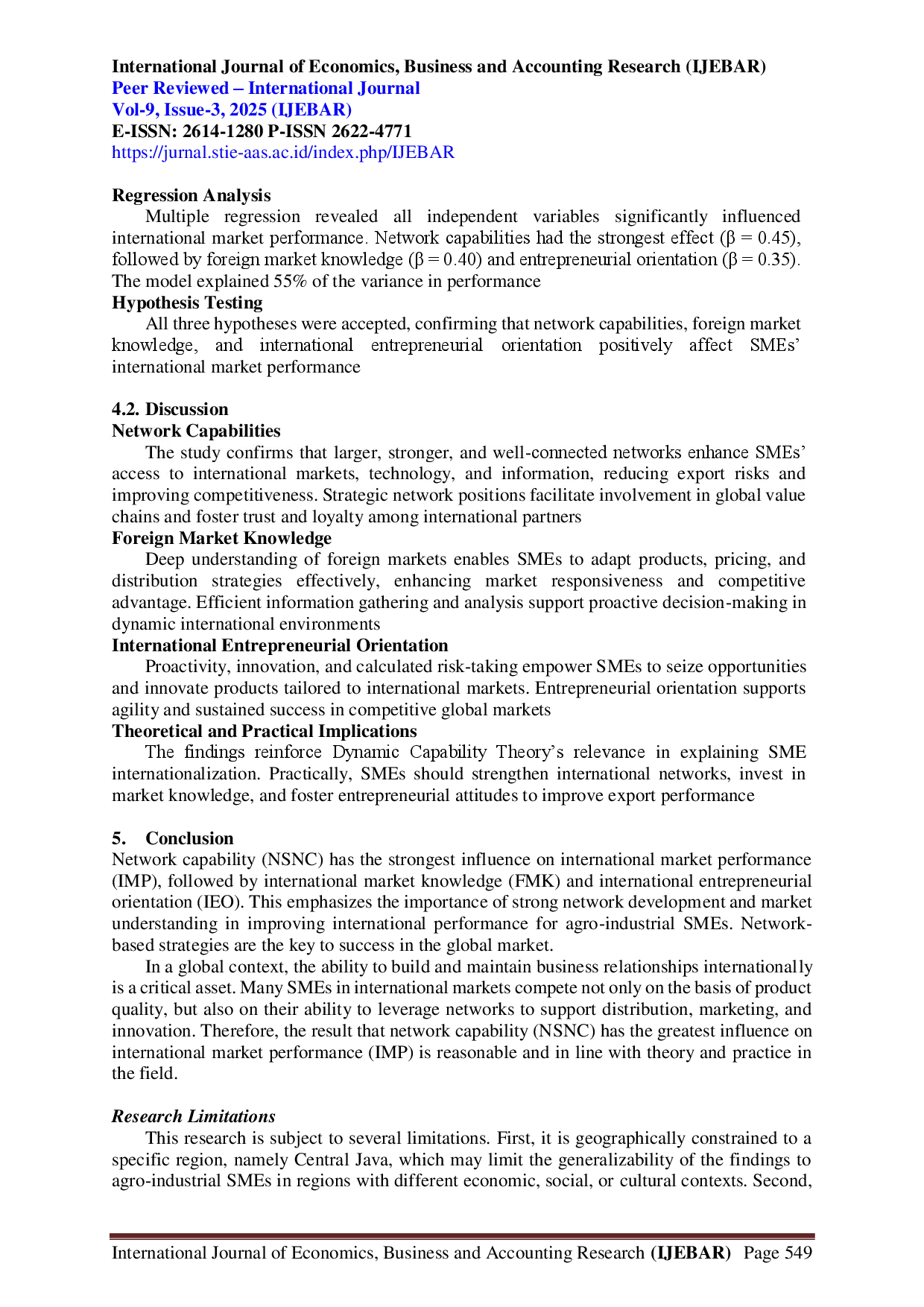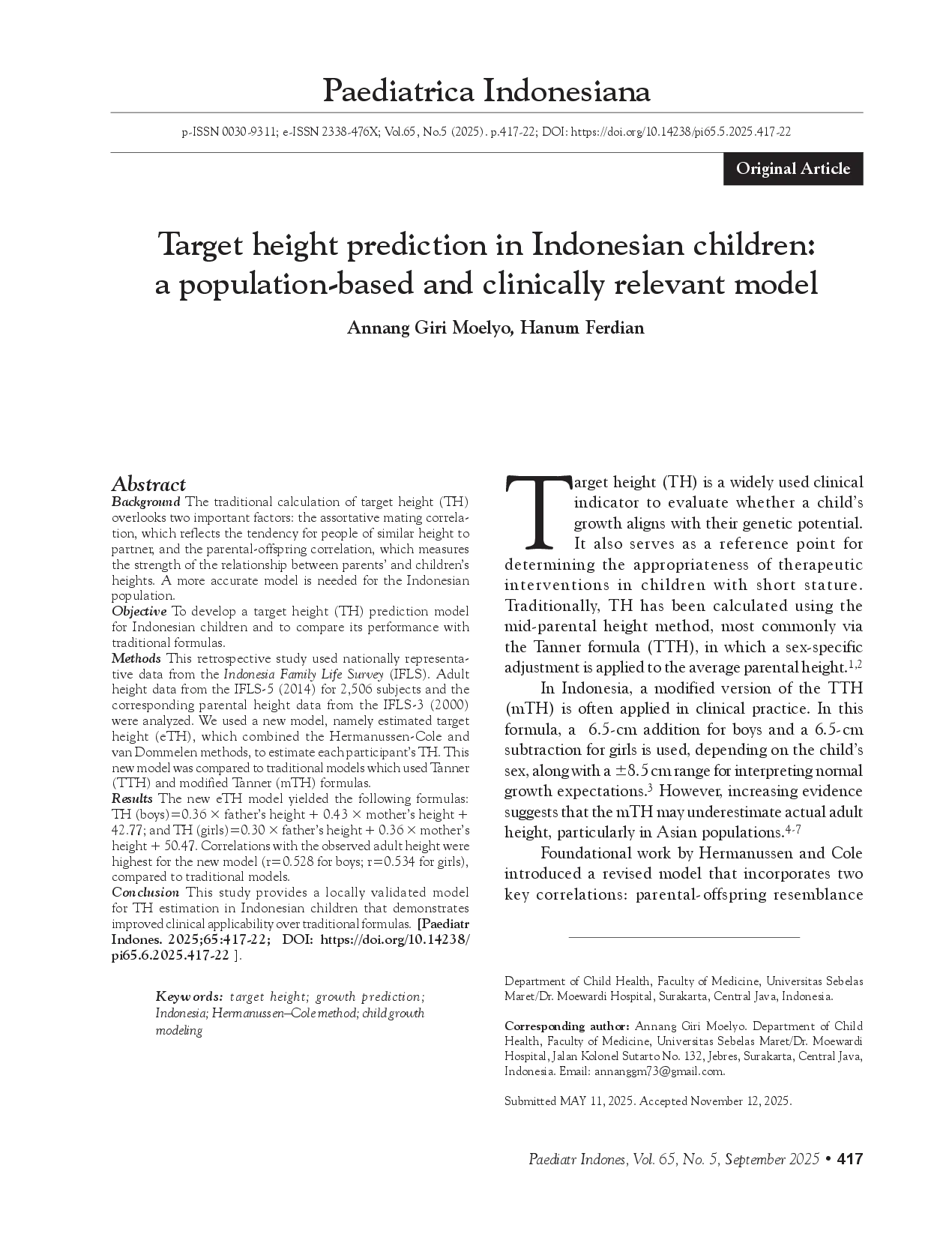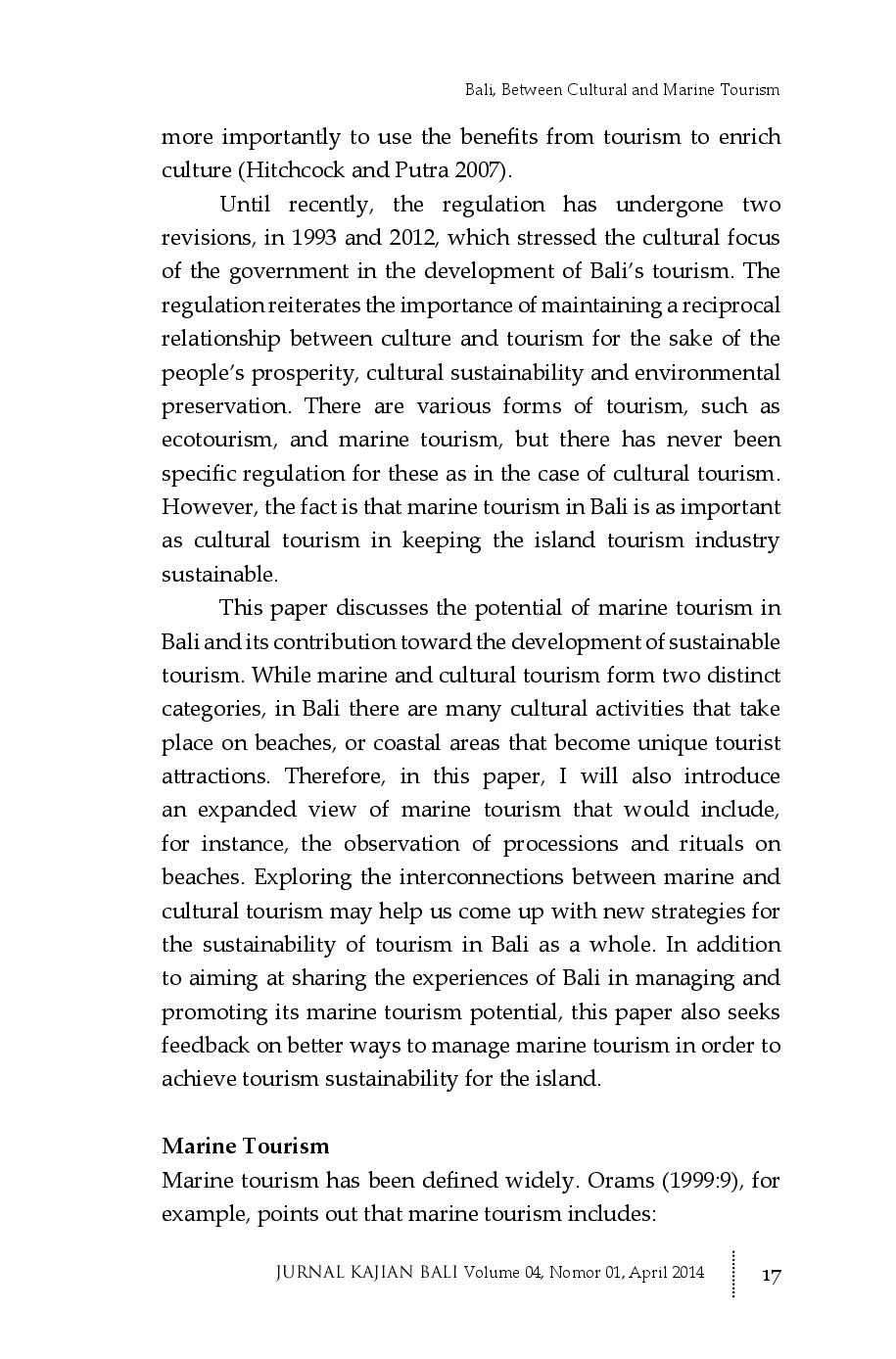STIE AASSTIE AAS
International Journal of Economics, Business and Accounting Research (IJEBAR)International Journal of Economics, Business and Accounting Research (IJEBAR)This study aims to formulate marketing strategies for PT Golden Pratama Gemilang (GPG) to increase the sales turnover of agricultural mechanization tools by employing the SWOT approach and the Quantitative Strategic Planning Matrix (QSPM) method. The research utilizes a qualitative method by collecting data through in-depth interviews, document analysis, and direct observations. The SWOT analysis revealed that PT GPGs strengths include a strong company reputation, high-quality products meeting international standards, effective after-sales services, robust relationships with key clients, and efficient product demonstrations. However, the company faces weaknesses such as relatively high product prices, limited promotional capacity, and challenges in workforce regeneration. External opportunities include agricultural modernization policies, growing demand for mechanization, strategic partnerships with state-owned enterprises (BUMN) and private sectors, and advancements in mechanization technologies. Conversely, major threats include price competition from local competitors, macroeconomic challenges, insufficient market education, and negative perceptions of consumable parts. Through QSPM analysis, strategies with the highest Total Attractiveness Scores (TAS) were prioritized for implementation. The top-priority strategy identified is collaborating with local Original Equipment Manufacturers (OEMs) to reduce the cost of consumable parts, which achieved the highest TAS value. Other prioritized strategies include offering flexible payment options to small and medium-scale farmers, developing products tailored to specific land needs, and collaborating with the Ministry of Agriculture to promote agricultural modernization. The findings of this study emphasize the importance of a systematic approach in formulating marketing strategies. The proposed strategies are expected to assist PT GPG in enhancing competitiveness, expanding market share, and achieving sustainable sales growth in the agricultural mechanization industry.
The study concludes that PT GPG possesses significant strengths, including a strong reputation and high-quality products, but faces challenges related to pricing and workforce regeneration.External opportunities, such as government policies supporting agricultural modernization, exist alongside threats like price competition.The QSPM analysis prioritizes collaboration with local OEMs to reduce consumable parts costs, offering flexible payment options, and developing land-specific products as key strategies for enhancing competitiveness and achieving sustainable sales growth.
Based on the research findings, future studies could investigate the effectiveness of implementing the prioritized strategies, particularly the collaboration with local OEMs, in reducing consumable parts costs and improving market perception. Further research is also needed to explore innovative HR strategies for attracting and retaining skilled personnel in the agricultural mechanization sector, focusing on digital literacy and technical expertise. Additionally, a comparative analysis of the adoption rates of agricultural mechanization tools among different farmer demographics, considering factors like farm size and access to financing, could provide valuable insights for targeted marketing and policy interventions. These studies should be conducted with a focus on long-term sustainability and the broader impact on the Indonesian agricultural landscape.
| File size | 452.5 KB |
| Pages | 14 |
| DMCA | ReportReport |
Related /
STIE AASSTIE AAS Meningkatkan keseimbangan kehidupan kerja, memperkuat budaya organisasi yang positif, dan mengembangkan kecerdasan emosional karyawan dapat meningkatkanMeningkatkan keseimbangan kehidupan kerja, memperkuat budaya organisasi yang positif, dan mengembangkan kecerdasan emosional karyawan dapat meningkatkan
STIE AASSTIE AAS Kemampuan jaringan (NSNC) memiliki pengaruh terbesar terhadap kinerja pasar internasional (IMP), diikuti oleh pengetahuan pasar internasional (FMK) danKemampuan jaringan (NSNC) memiliki pengaruh terbesar terhadap kinerja pasar internasional (IMP), diikuti oleh pengetahuan pasar internasional (FMK) dan
STIE AASSTIE AAS Ukuran perusahaan, kebijakan hutang, dan kinerja keuangan tidak berpengaruh signifikan terhadap pengembalian saham, namun struktur modal berpengaruh signifikanUkuran perusahaan, kebijakan hutang, dan kinerja keuangan tidak berpengaruh signifikan terhadap pengembalian saham, namun struktur modal berpengaruh signifikan
STIE AASSTIE AAS Komponen pengendalian internal seperti lingkungan pengendalian, penilaian risiko, kegiatan pengendalian, informasi dan komunikasi, serta pemantauan terbuktiKomponen pengendalian internal seperti lingkungan pengendalian, penilaian risiko, kegiatan pengendalian, informasi dan komunikasi, serta pemantauan terbukti
Useful /
PAEDIATRICAINDONESIANAPAEDIATRICAINDONESIANA Studi ini menyediakan model prediksi TH yang valid secara lokal untuk anak-anak Indonesia, yang menunjukkan keunggulan dalam penerapan klinis dibandingkanStudi ini menyediakan model prediksi TH yang valid secara lokal untuk anak-anak Indonesia, yang menunjukkan keunggulan dalam penerapan klinis dibandingkan
STIE AASSTIE AAS GCG dinilai berdasarkan penilai mandiri terhadap POJK No. 55/POJK. 03/2016 dan POJK No. 17/POJK. 03/2023. Earnings diukur menggunakan Return on AssetsGCG dinilai berdasarkan penilai mandiri terhadap POJK No. 55/POJK. 03/2016 dan POJK No. 17/POJK. 03/2023. Earnings diukur menggunakan Return on Assets
UNDIKSHAUNDIKSHA Hasil analisis menunjukkan perlunya model pembelajaran berbasis web yang interaktif untuk memfasilitasi akses siswa tunarungu terhadap materi bahasa InggrisHasil analisis menunjukkan perlunya model pembelajaran berbasis web yang interaktif untuk memfasilitasi akses siswa tunarungu terhadap materi bahasa Inggris
UNUDUNUD Dengan memperluas definisi pariwisata bahari agar mencakup observasi ritual dan prosesi di pantai seperti melasti serta menikmati matahari terbenam diDengan memperluas definisi pariwisata bahari agar mencakup observasi ritual dan prosesi di pantai seperti melasti serta menikmati matahari terbenam di







